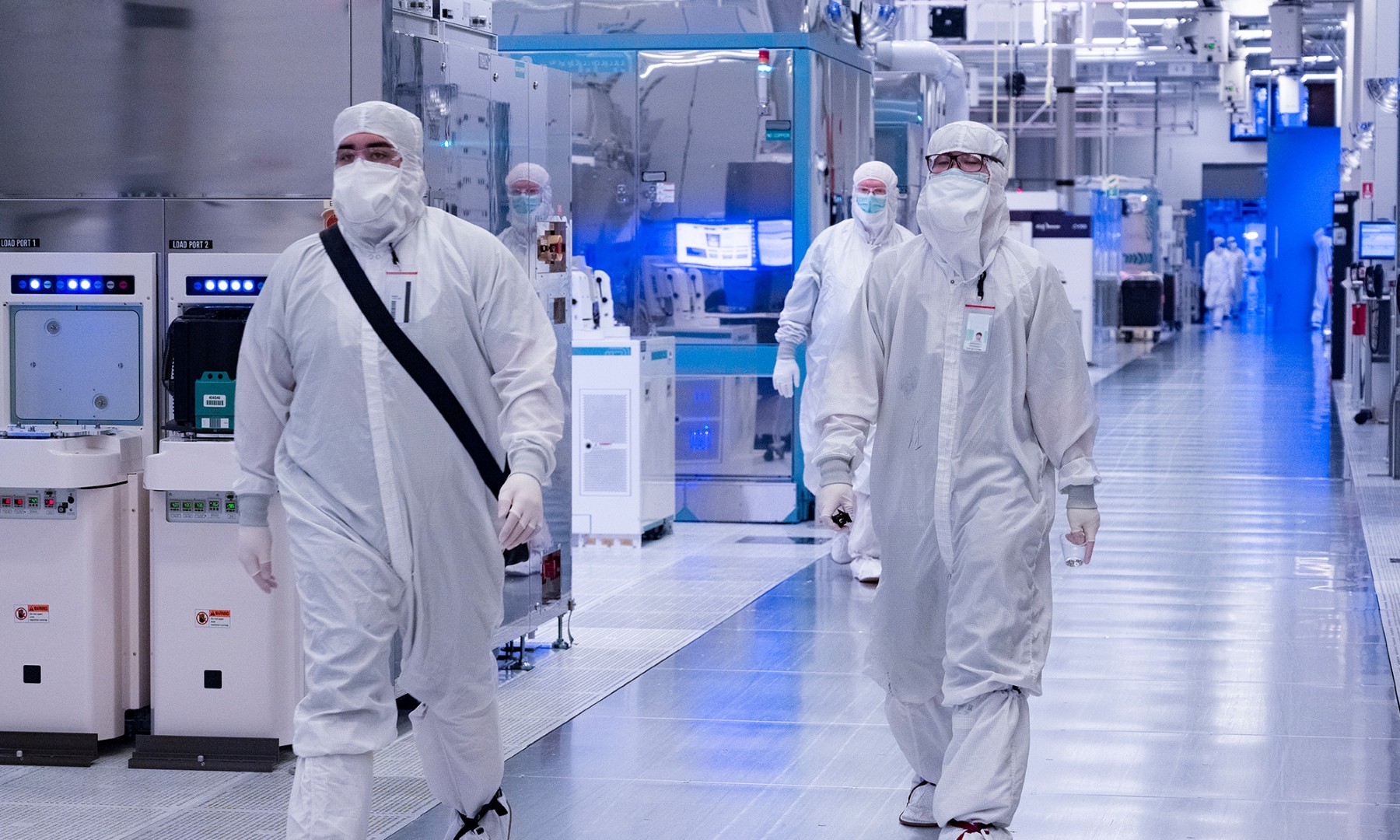For the back-to-school shopping season, chip giant Intel (INTC +10.80%) is expected to roll out a new processor code-named Whiskey Lake for mainstream notebook computers. Up until now, we've known that Whiskey Lake will be manufactured on some derivative of the company's 14-nanometer technology (since Whiskey Lake is supposed to be a stopgap part while Intel prepares its more advanced Ice Lake chips built using its 10-nanometer+ technology), but the specifics of the chip haven't really been known.
However, thanks to some information spotted by user "momomo_us" on Launchpad.net, Whiskey Lake's true nature has seemingly become clear.
It looks like an updated Kaby Lake Refresh
Late in 2017, Intel introduced a processor family for notebook computers known as Kaby Lake Refresh. These chips were similar in design to their predecessors, Kaby Lake, but with a few key changes -- twice the processor cores and a more optimized circuit implementation to improve power efficiency and speed.

Image source: Intel.
Kaby Lake Refresh, like Kaby Lake before it, was manufactured using Intel's second-generation 14-nanometer technology, known as 14-nanometer+.
Whiskey Lake, according to the information that momomo_us dug up, is effectively the same as Intel's upcoming Coffee Lake-U processor but in a configuration that's known as "4+2." This means Whiskey Lake is a quad-core processor with GT2 graphics, a lower-end graphics configuration than the GT3e configuration that its Coffee Lake-U counterpart includes.
Given this, Whiskey Lake should be manufactured using Intel's third-generation 14-nanometer technology, known as 14-nanometer++, and should also include a next-generation Platform Controller Hub (PCH) chip on the package to improve platform features and power efficiency.
What this means for Intel and PC makers
Intel's stated goal is to try to release new processor products on an annual cadence in order to improve delivered features and performance to its customers. Whiskey Lake should be a competent successor to the current Kaby Lake Refresh processor family, as processor performance should be better as a result of the new 14-nanometer++ manufacturing technology and platform features should improve due to the new PCH.
That being said, it has been a while since Intel has delivered a large generational leap in performance or power efficiency, thanks to the continued delays that the company's 10-nanometer technology has experienced.
The good news, though, is that the rumor mill currently suggests that Intel doesn't plan on waiting another year to refresh Whiskey Lake. If all goes as planned, Intel could introduce its next-generation Ice Lake chips in the first half of 2019 -- possibly even in the first quarter of 2019.
Ice Lake should include newly redesigned processor cores, a two-generation improvement in graphics capabilities, more advanced power management features, and of course all of the efficiency benefits associated with transitioning to Intel's 10-nanometer+ technology (these should be quite significant).
Until then, though, Intel's Whiskey Lake should give computer makers something new to build systems around for the important back-to-school and holiday shopping seasons.






